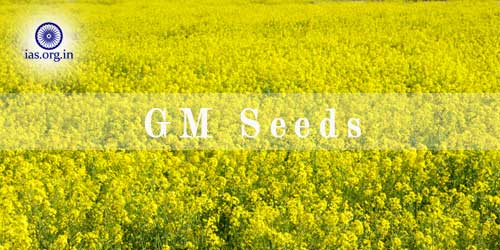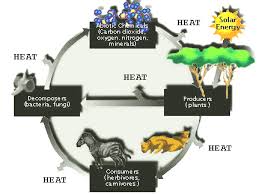On Tuesday, the Environment Minister, Prakash Javedker, asserted that the application of Genetically Modified (GM) technology for seeds is significant in enhancing agriculture productivity and food security. Giving strength to his remark he further informed his audience that around 18 field trials, to test different types of GM seeds, were going on; however, the Government would take the decision about releasing genetically modified mustard after considering all the aspects related to the issue.
The Environment Minister has taken the name of GM mustard particularly; it shows the current importance of GM mustard that is going to be the first food-related transgenic crop and evolved as component of the research collaboration consisting of scientists working at Delhi University.
However, as GM mustard rests at an inflexion point fingers that such technologies are not fit for human consumption. In reply, those who are fovour of the use of GM technology to produce GM seeds claim that such technology is very important because on it depends the future of India’s Food Security.
The Minister, who was speaking at a press event organized to observe two years of NDA governance, did not hesitate in accepting the current situation of productivity in the field of agriculture and said, “India’s agricultural productivity is among the lowest (among nations)…. Science and technology has to be encouraged for this.” This acceptance on the part of the government is a good sign for the future of productivity in agriculture.
Must Read: Chabahar Agreement: Path to the Future India-Iran Relation
Background
The Economic Survey for 2015-16, tabled in the Parliament on 26 February, 2016, stated that India agriculture had become a victim of its own success. The Survey favoured the use of hybrid and Genetically Modified (GM) seeds to enhance crop yield that ultimately would bring major changes in the agricultural sector.
The Survey had put its force behind the idea that safety concerns linked to genetically modified (GM) seeds must be debated and tested in such way that they be introduced in the next six months; hence the current talk on the part of the government on the use of GM seeds.
The Survey had also suggested to evolve a regulatory process to approach safety concerns of GM crops. Reporting on the highly controversial GM seeds the survey penned down “Concerns about affordability of hybrids and GM seeds, environmental and ethical issues in cultivation of GM crops, risk to the food chains, diseases spread and cross pollination have resulted in their non-introduction. These issues need to be debated, tested, evaluated, so that introduction of hybrids is facilitated in the next six months.”
Taking a leaf out of the suggestions inked in the Survey the Government started examining the proposal on GM mustard seed in spite of the severe opposition from green activists.
To accomplish its task the Environment Ministry had set-up a Genetic Engineering Appraisal Committee that included biotechnologists, ecologists and sociologists to make a decision on GM seeds, particularly GM mustard.
Read Also: MoU between Project Management Institute and IAHE: a Boon for MORTH
GM crops: an abridged introduction
A Genetically Modified (GM) Crop is a plant that is a product of a new/original combination of genetic materials which are obtained through the application of modern biotechnology.
In GM crops genes are artificially roped in instead of the plant getting it through natural process of pollination. The plants grown in this fashion fall under the class of GM crop. However, if we take it theoretically and practically as well, it can be said that all crops are “genetically modified” from their wild condition through the natural process of domestication, selection and regulated breeding over period of time.
Also Read: The President’s Power to Pass Ordinance
Advantages of GM seeds
- Can abridge crop damage from diseases, weeds and insects;
- Can abate crop damage from adverse weather conditions;
- Can enhance yields grown on the same or less acreage;
- Can significantly improve nutrition value or other health benefits;
- Can curtail the application of fossil fuel (with reduced trips across the field with equipment);
- Can enhance water quality by more precise application of chemicals.
It is imperative to know here that GM seeds are being used and studied to assist in saving papaya crop from excision from Papaya Ring Spot Virus (PRSV).
- In the plantation of corn, GM seeds have abated soil loss by 69% due to conservation tillage practices that are made possible by Herbicide resistant crops and reduced soil compaction.
Read Also: International Year of Pulses 2016 : United Nations
Disadvantages of GM seeds
No one can deny the fact that crops from GM seeds go through more safety testing than any other agricultural products, including organic or conventional crops; however, there are some people who still have the opinion that in the context of the application of GM seeds, more researches are the need of the hour.
There is an apprehensive in the agriculture industry that GM seeds can cause the cultivation of those plants or crops that can lead to a pesticide resistance in insects. So agriculture industry has taken these threats seriously and is constantly engaged in studying and creating best practices.
Don’t Miss: Supreme Court Upholds Validity of Criminal Defamation






